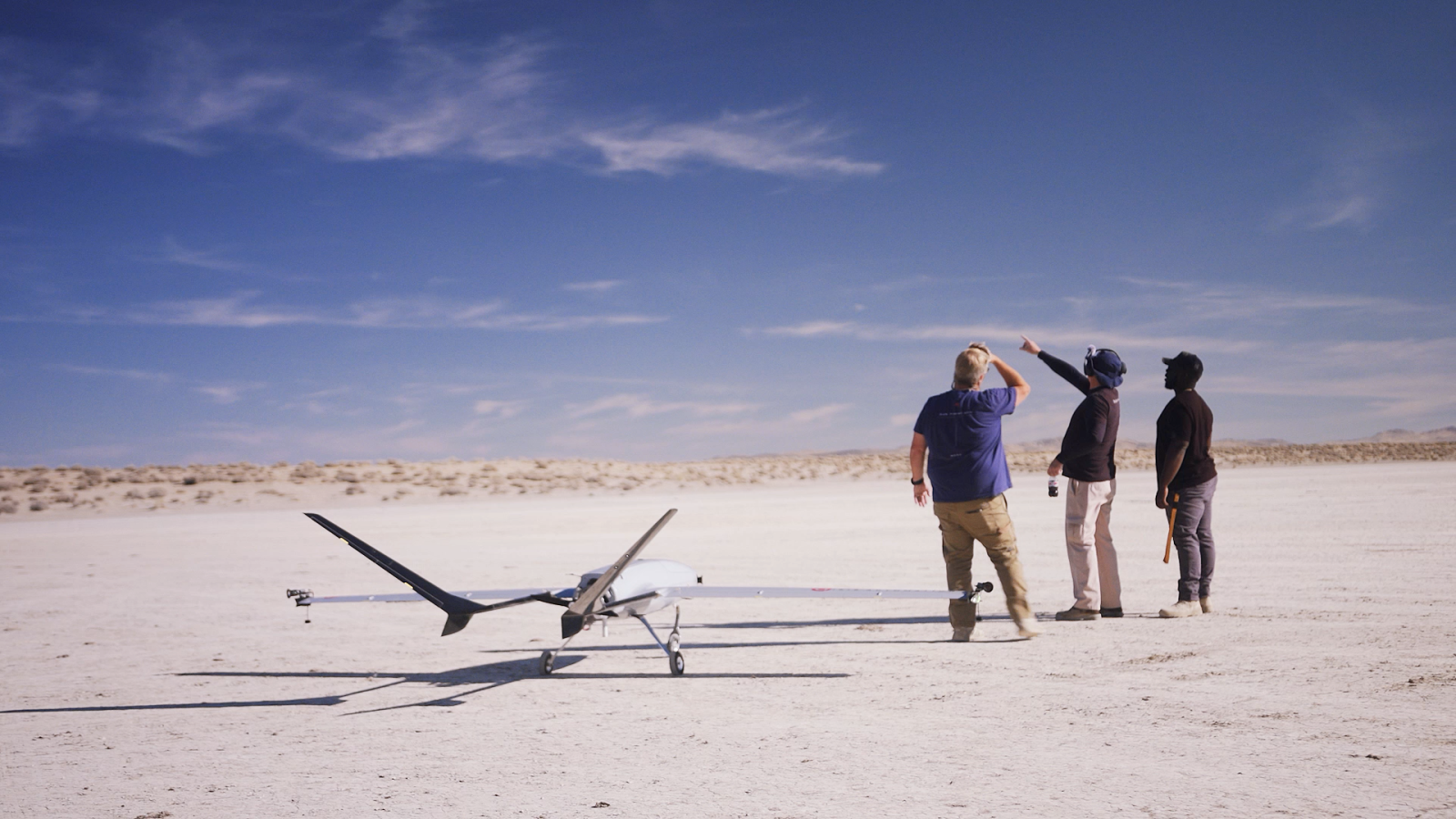
As part of its UAS integration initiative called BEYOND, the FAA has approved Iris Automation to fly a small drone autonomously beyond the visual line of sight (BVLOS) in a rural, unpopulated area south of Reno, Nevada.
Instead of having visual observers or using ground-based detection equipment, the drone flying BVLOS will use leverage Iris Automation’s advanced detect and avoid solution, Casia X. Once flights over unpopulated areas are proven successful, the project will move to urban areas.
Iris applied for this waiver on behalf of the City of Reno and the Reno Fire Department (RFD) – a seemingly long-term collaboration that Reno Mayor, Hillary Schieve, hails as a “unique teaming of public and private interests.” Here’s Schieve:
This is an exciting project, working with the BEYOND program and the latest technologies to open the skies both for our community and the broader public. Autonomous flying will benefit every member of our community and drive long-term economic benefits including job creation, cost savings, and more efficient services. We intend this to be our first of many waivers as part of this collaboration.
Also read: Smart drone radar avoids collisions automatically in key pilotless aviation tests
BVLOS drones for river rescue missions
BVLOS drones are of particular interest to RFD. The department conducts about 40 rescues every year where first responders are required to enter the waters of the Truckee River. Almost 10% of these missions occur in the dark.
With a single mission lasting about an hour on average and requiring 12-20 first responders, water exposure – especially in moving water incidents – becomes extremely dangerous for both victims and emergency crews.
As such, RFD has high hopes from BVLOS drones that could both help save lives and reduce the resources required for rescue operations, hence putting fewer fire department personnel at risk.
As Reno Fire Chief Dave Cochran explains:
Getting to BVLOS is a significant milestone for search and rescue missions, as well as for the safety of our employees. Drones allow us to launch into flight safely at a moment’s notice, with new and more effective approaches to making our downtown river corridor safer while also saving time and money. This accomplishment provides a blueprint for other fire departments, public agencies, and enterprises to utilize drones.
It’s worth highlighting that Iris Automation has been working with the City of Reno since 2019, first in the FAA’s Integration Pilot Program (IPP) and now in the BEYOND program, to test the use of autonomous drones during river rescue missions.
Calling the BEYOND program an important example of constructive government and industry cooperation, Jon Damush, CEO, Iris Automation, adds:
We have been working with the FAA and our partners for years to develop our technology as a critical safety layer, helping to mitigate the risk of mid-air collisions and enable the integration of uncrewed aircraft into our national airspace. These efforts have led to the development of our 360-degree field of view Casia X on-board system – designed to provide an effective additional layer mitigation against mid-air collision risk at a size, weight, and price point that enables our industry. We expect to see more of these waivers as the industry adopts autonomous flight, and we look forward to leading the way and helping to realize this future vision.
Read more: FAA grants BVLOS drone waiver for a 12-mile distance, its longest ever
FTC: We use income earning auto affiliate links. More.





Comments